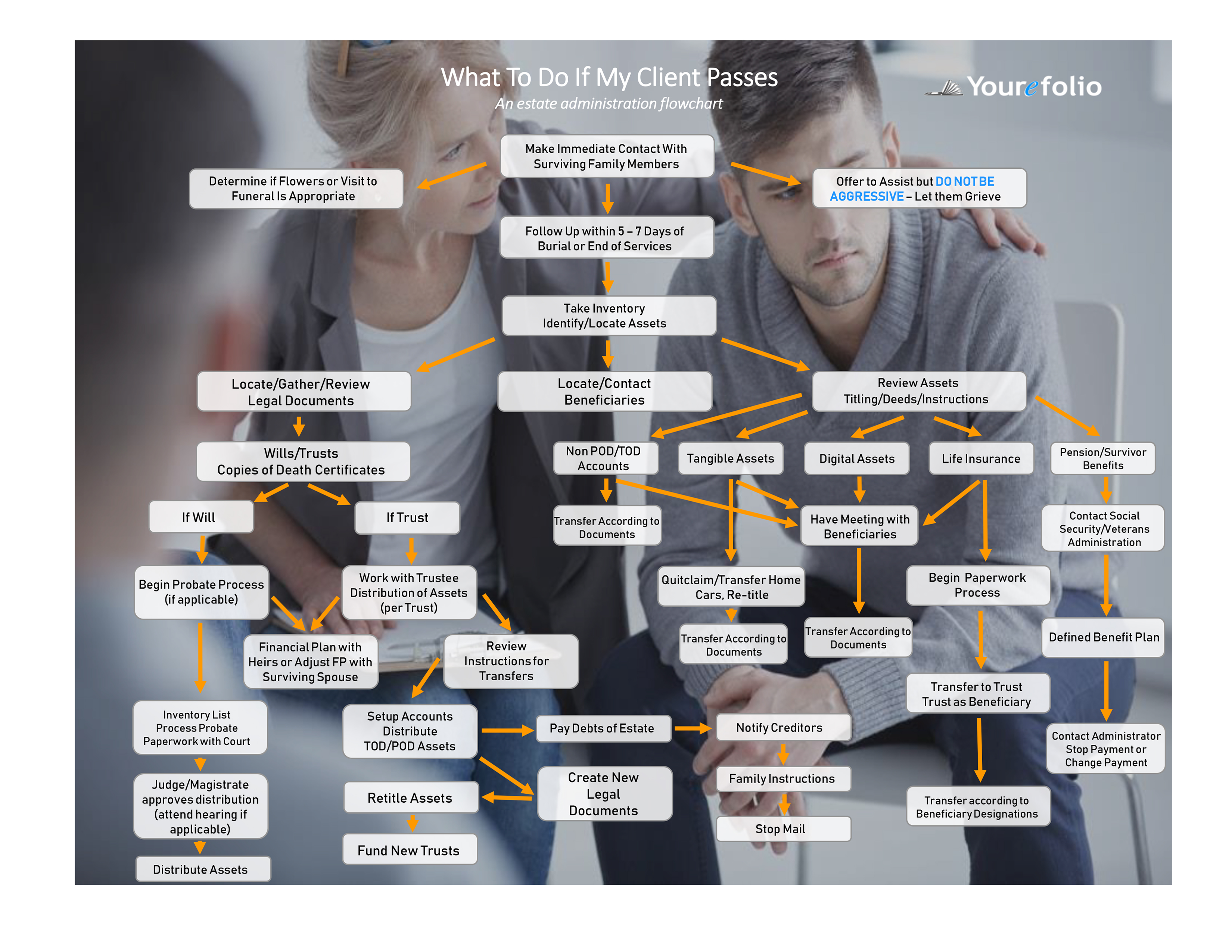Patricia Angus and Paulina Mejia weighed in on the state of estate planning.
Susan R. Lipp | Apr 11, 2018
Advisors around the country are working hard to get up to speed on the new tax law (the Act) as they field questions from family business clients. Everyone wants to know how it impacts their families and what they should do now. On March 27, these questions were front and center in a different venue and with an audience of students, alumni and family business principals and advisors. Trusts and Estates teamed up with Columbia Business School’s Family Business Program for a lively panel: “Changing Times in Family Business Estate Planning: What You Need to Know Now.” The evening included interactive dialogue and ended with a networking reception.
Susan Lipp, Trusts & Estates editor in chief, served as moderator, facilitating the conversation between Trusts & Estates editorial advisory board members Patricia Angus, a family enterprise consultant and founding co-director of the Family Business program at Columbia Business School, and Paulina Mejia, regional managing director, and trust counsel of Fiduciary Trust Company International.
Susan kicked off the event with a personal story of her experiences at the venerable family business, Loehmanns, which she frequented with her mother as a young girl. The story set the context for a discussion of how and why family businesses face estate planning today. Several themes emerged:
Planning is Process
One key theme to emerge from the panel is that planning is a process, not an event. The earlier the family starts dealing with issues like ownership, succession, governance, education of the younger generations and communication of family values, the better. Families need to meet regularly and make sure that they all understand the roles and responsibilities that are already in place for them and what to expect in the future. Families also need to work with their advisors to get structures in place to organize their operations and minimize taxes and liability.
Changes in The Past Decade
The panel acknowledged that estate planning has become more collaborative across generations. The patriarchs/matriarchs are communicating with the younger generations and getting their input.
At the same time, the structures that are used to set up the business have become more complex, which may overwhelm certain family members. For example, families need to decide whether to set up the business as a limited liability company (LLC), partnership or perhaps a C corporation and how and when to use trusts as part of the equation. More businesses are now held in trusts or other holding structures than ever before. So, family members need to be educated on fiduciary responsibilities.
Effect of New Tax Law
With the higher exemptions in place thanks to the the Act, fewer families may be subject to estate tax, so there’s been an increased focus on income tax planning. The Act doubled the individual estate, gift and generation-skipping transfer tax exemptions to $11.18 million. Also, the new law will have a big impact on businesses, including family businesses, by reducing the corporate income tax rate from a top rate of 35 percent to a flat 21 percent, while also eliminating the corporate alternative minimum tax. The Act also effectively decreases the tax rate on certain income received though pass-through businesses, such as partnerships, LLCs, and S corporations. Businesses with foreign holdings may be subject to increased taxation, and controlled foreign corporations will require special attention.
The Bottom Line
There are so many moving parts when it comes to planning for and managing a successful family business. Things can get complex fast, and families must pay special attention if they want to succeed. It’s important that they get advice that’s coordinated among a multi-disciplinary team, including attorneys, accountants, investment advisors and family business consultants. The idea of “parallel planning” can really work. Families should focus on the business, philanthropy, relationships among its members and communication at the same time as the estate plan.
View original article here




